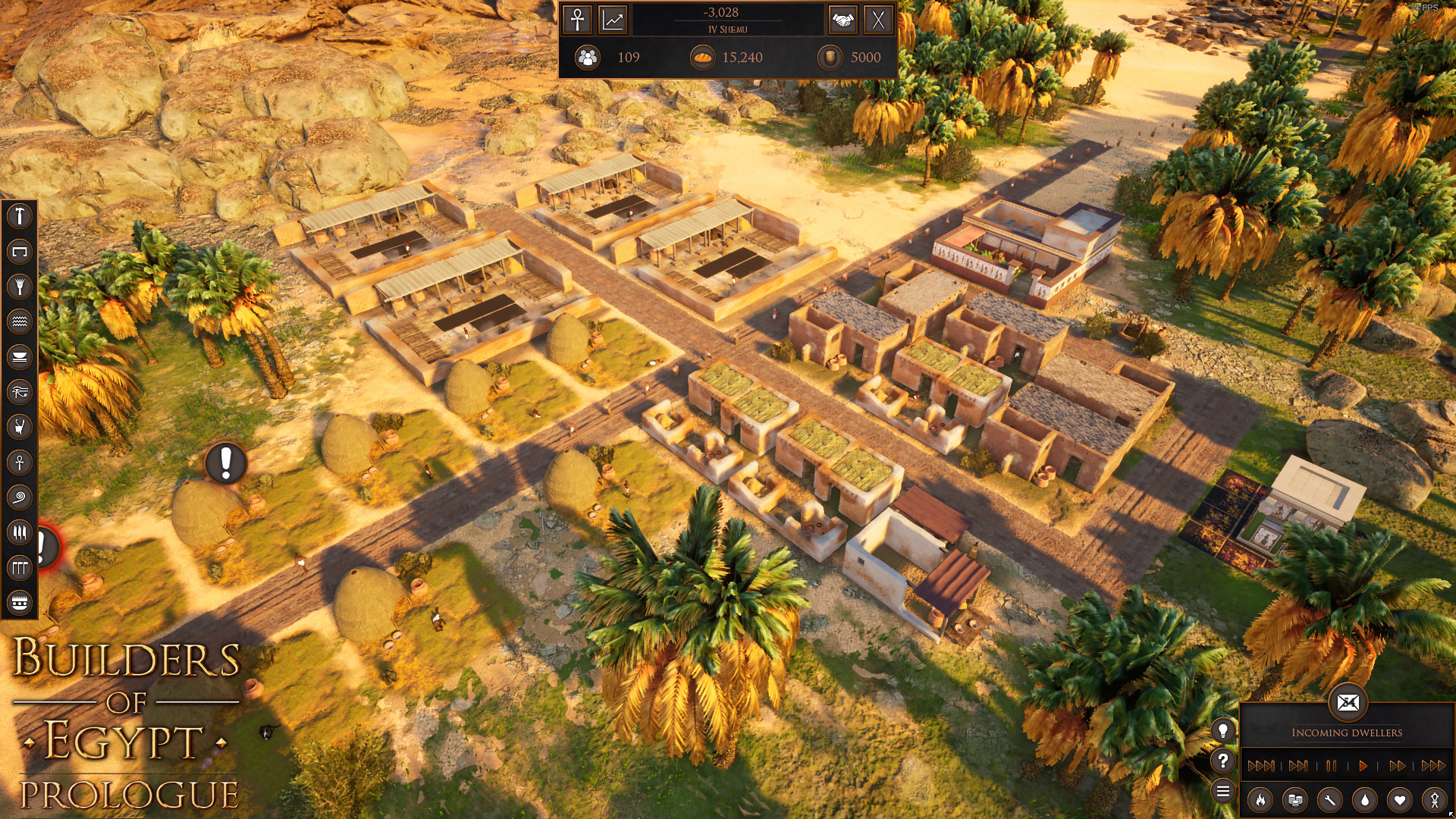
Although he did not construct any of the pyramids at Giza, he is known as the king who moved the most stone and brick. He commissioned a total of three pyramids, but there are records that point to a fourth.
#Builders of egypt prosperity series
He is also said to be responsible for a series of pyramids built in Seila. The Red Pyramid was the first to be given a solid foundation so that it was stable enough for a taller building. The Red Pyramid was considered the first pyramid, approximately 150 years after the structures built by King Djoser. His Red Pyramid is widely considered the first true pyramid and earned its name from the reddish tint in the limestone used. The Bent Pyramid was Sneferu's first attempt at building a perfect structure, but it slopes and eventually bends to a lower angle, giving the structure a squished look. At its heart, the Fourth Dynasty Egyptian government became organized so that only the king could direct traditional authority. Traditional authority was derived from the concept that the deities gave a king the divine right to rule as he pleased.

Legal authority constituted governing by the king, not over the people directly, but via viziers and nomarchs. On the whole, Egypt was ruled by two centers of power-legal authority and traditional authority. Khufu would pursue his father's path, taking the name Son of the Sun God. Sneferu was the first king to proclaim that he was the embodiment of Ra, another sun deity. Until his reign, Egyptian kings were thought to be worldly incarnations of Horus, obtaining total deification exclusively in death. Elites commonly ate fattened ducks and geese, and they wore fine white linens. His mother, Meresankh I was either a lesser wife or concubine of Huni.Įgypt in the Third Millennium BC was, by all accounts, a land of peace and plenty. There is still debate as to who his father was, with the credit often being given to Huni, but this cannot be confirmed due to the break in dynasties. He descended from a family in Middle Egypt that lived near Hermopolis, and most likely ascended to the throne by marrying a royal heiress. Sneferu, lauded as "Bringer of Beauty", "Master of All Justice", and "Ruler of Lower and Upper Nile", was the first pharaoh of the fourth dynasty.

It is Egypt's first successful attempt at constructing a "true" smooth-sided pyramid. Unfinished Northern Pyramid of Zawyet El Aryan? Rulers Initial Fourth Dynasty Royalty Names of Kings Knowledge of the Old Kingdom comes mainly from these structures and objects discovered in the desert cemeteries of Giza. It was a successful period and this era is known for its advancement and concentrated government, as seen in the organized building of pyramids and other monuments. King Sneferu, the first king of the Fourth Dynasty, held territory from ancient Libya in the west to the Sinai Peninsula in the east, to Nubia in the south.

The Fourth Dynasty was the second of four dynasties that made up the "Old Kingdom". Each of the rulers of this dynasty (except for Shepseskaf, the last) commissioned at least one pyramid to serve as a tomb or cenotaph. No other period in Egypt's history equaled Dynasty IV's architectural accomplishments. King Sneferu's building experiments led to the evolution from the mastaba-styled step pyramids to the smooth sided “true” pyramids, such as those on the Giza Plateau. The relative peace of the Third Dynasty allowed the Dynasty IV rulers the leisure to explore more artistic and cultural pursuits. The Fourth Dynasty heralded the height of the pyramid-building age.

It was a time of peace and prosperity as well as one during which trade with other countries is documented. The Fourth Dynasty of ancient Egypt (notated Dynasty IV) is characterized as a " golden age" of the Old Kingdom of Egypt.


 0 kommentar(er)
0 kommentar(er)
